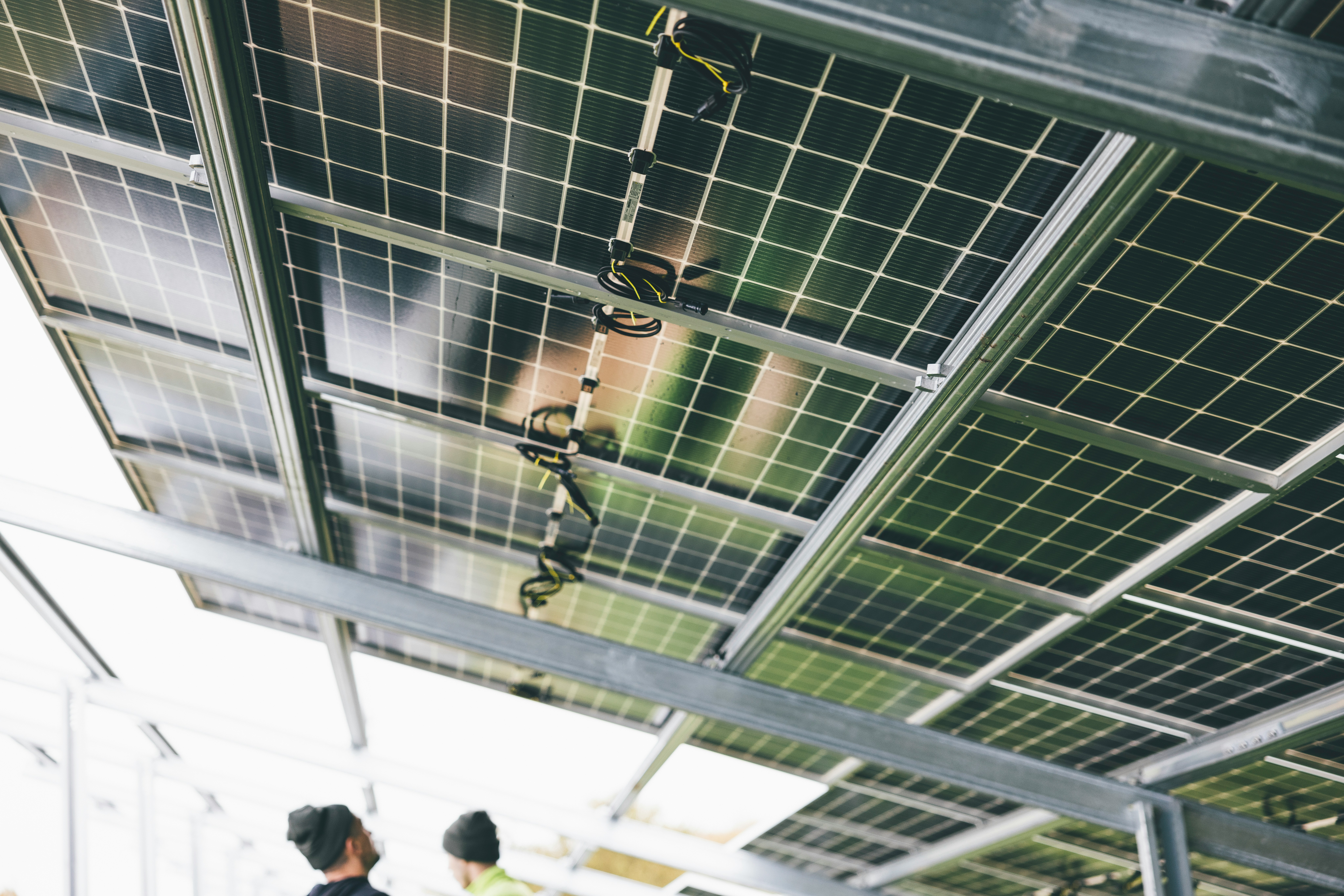News

How Everyday Tools Are Helping Communities Cut Carbon Emissions
Fighting climate change requires action at every level—from individual households to local governments. The Hybes project has assembled some of the most effective tools available to help individuals, building managers, and municipalities reduce their carbon footprints and create a more sustainable future. These tools are grouped into three levels: household, property groups (like housing co-ops), and municipalities. Each level has different needs, but when used together, they can create powerful results.
Date
23.06.2025



